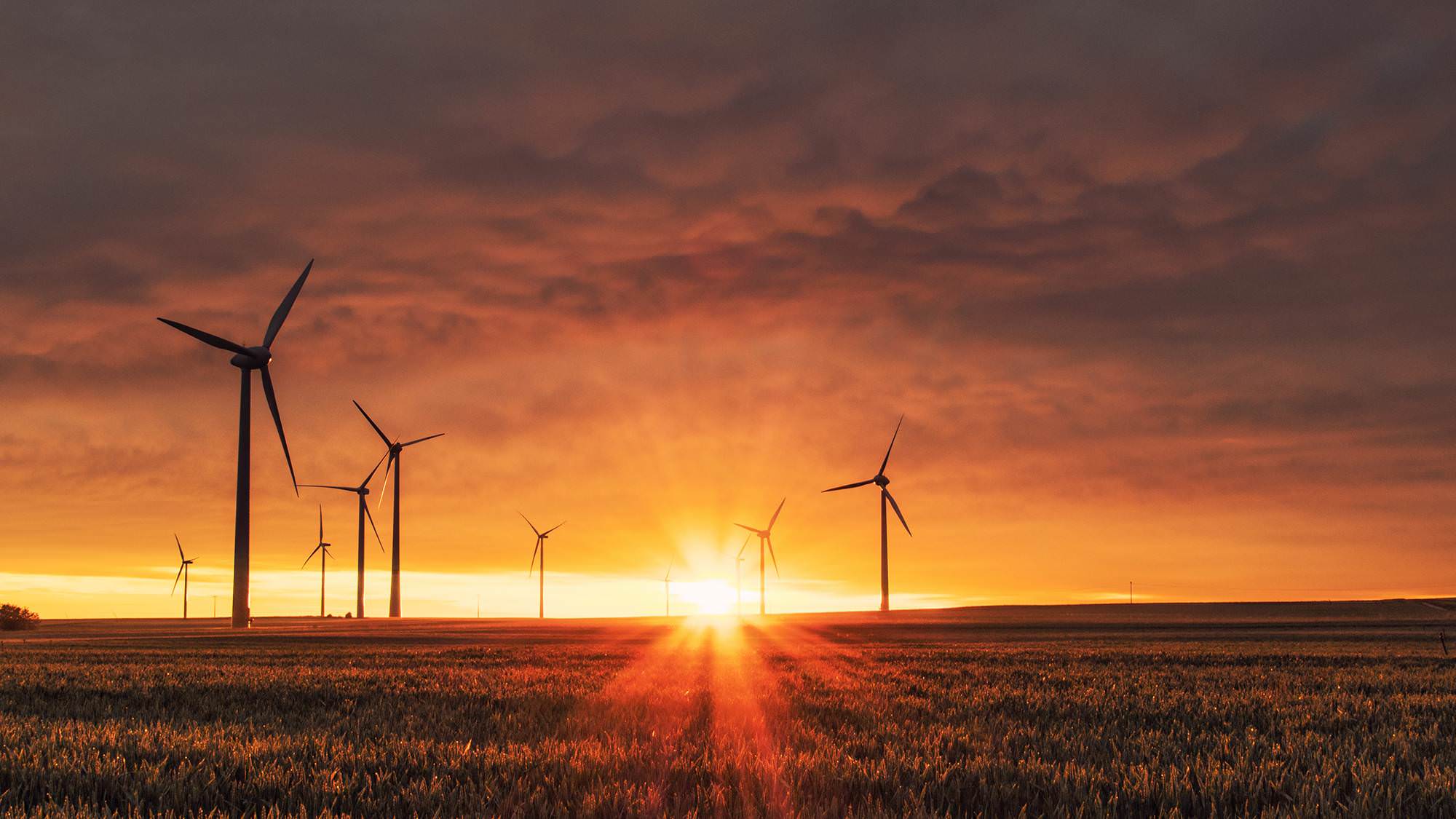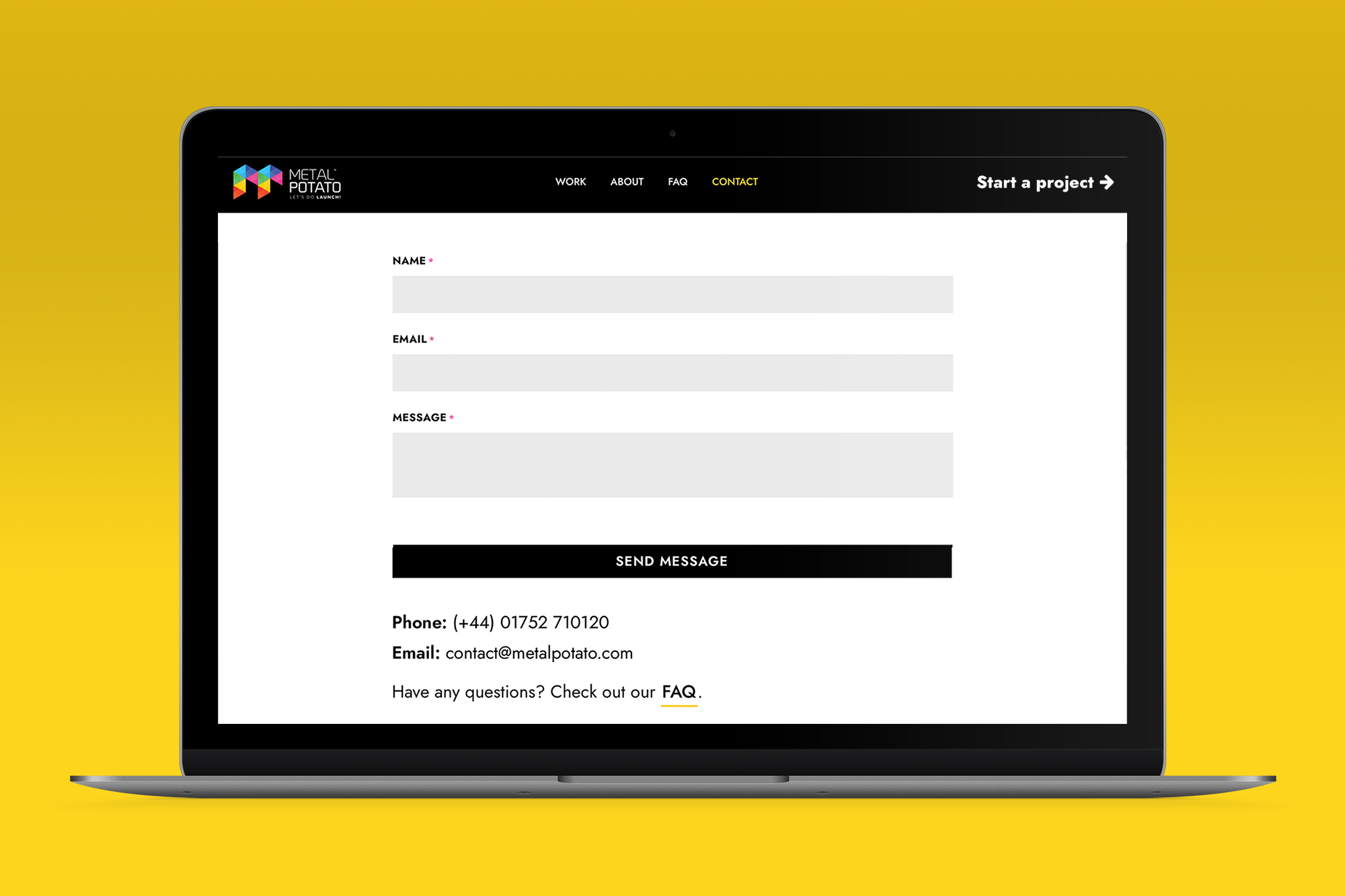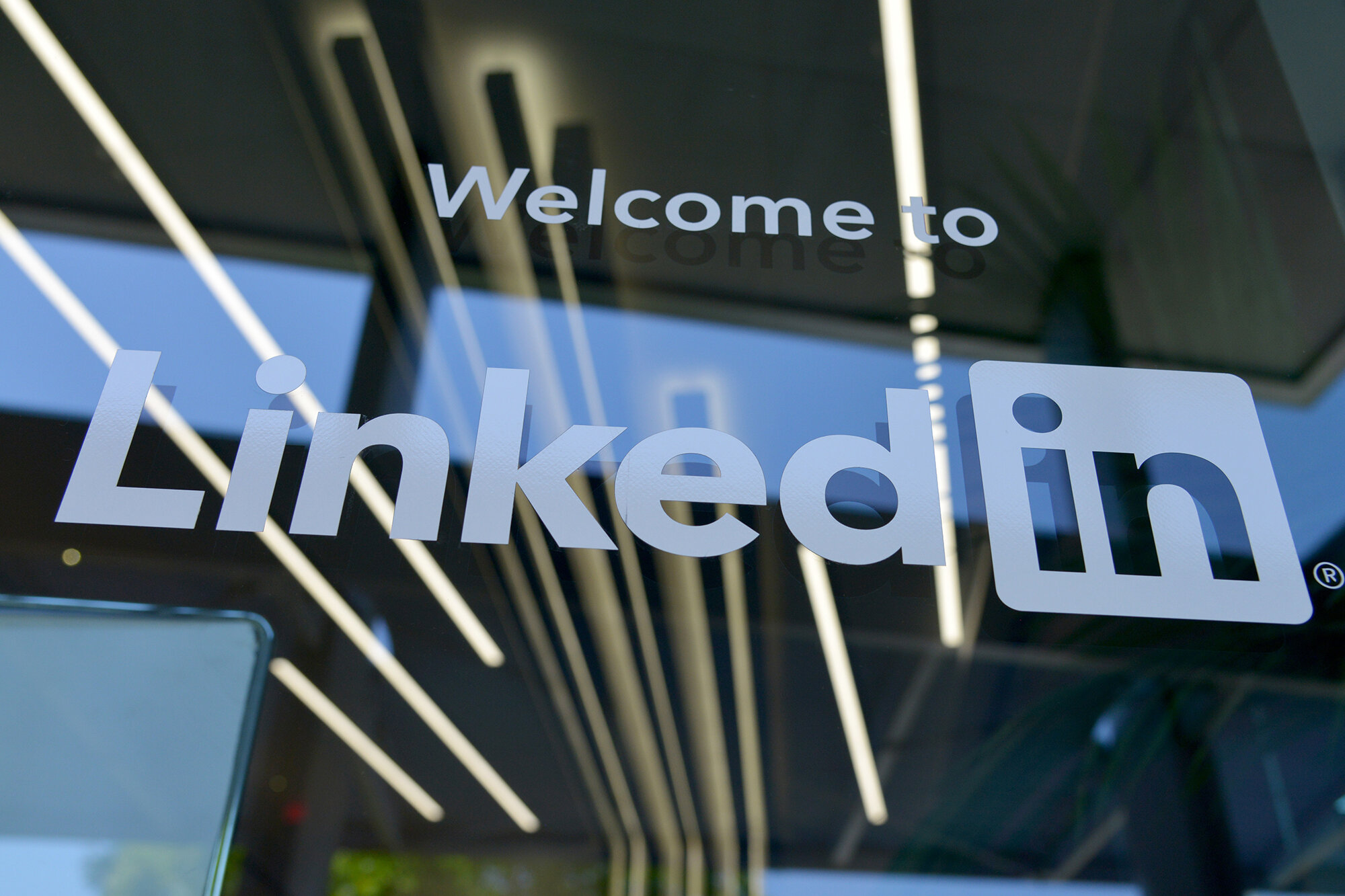The internet has become such an integral part of our daily lives that it is hard to imagine life without it. From the convenience of online shopping and the endless entertainment options it offers, to staying connected with friends and family and accessing a vast wealth of knowledge, the internet has truly transformed the way we live, learn, and interact with the world around us.
However, what many people fail to realize is that the internet and digital technologies have a significant environmental impact. According to recent reports, the internet and digital technology contribute to approximately 3.7% of global greenhouse gas emissions – a figure comparable to the aviation industry. With the rapid growth of the digital world, this number is projected to double by 2025.
To address this issue, a new approach to web design has emerged – sustainable web design. This concept focuses on reducing the carbon footprint of websites, conserving energy, and using resources efficiently. By adopting sustainable web design practices, businesses can not only contribute to environmental preservation but also benefit from improved user experience and increased conversion rates.
The importance of sustainable web design
Sustainable web design is crucial for several reasons. Firstly, it helps mitigate the environmental impact of the internet and digital technologies. By optimising energy consumption and reducing resource waste, websites can minimise their carbon footprint. This is especially important considering the increasing number of internet users worldwide and the growing demand for online services.
Secondly, sustainable design aligns with the principles of corporate social responsibility (CSR) and can enhance a company’s reputation. Consumers are becoming more conscious of the environmental impact of their actions and are actively seeking out eco-friendly businesses. By demonstrating a commitment to sustainability through their website, companies can attract environmentally conscious customers and gain a competitive edge.
Lastly, sustainable web design offers tangible benefits to website owners. A well-designed, energy-efficient website improves user experience, resulting in higher engagement and increased conversion rates. Studies have shown that sustainable design practices can lead to a 7% to 11% increase in return on investment (ROI) for businesses. By prioritising sustainability, companies can achieve both environmental and financial success.
Principles of sustainable design
To create a sustainable website, it is essential to adhere to certain principles and best practices. These principles can guide designers and developers in minimising environmental impact while maximising user experience. Let’s explore the key characteristics of a sustainable website:
Clean: A eco-friendly website should be powered by renewable energy sources. By using renewable energy providers or implementing on-site renewable energy solutions, such as solar panels, websites can significantly reduce their carbon emissions. Additionally, optimising server infrastructure and reducing energy-intensive processes can contribute to a cleaner and more sustainable web presence.
Efficient: Efficiency is a crucial aspect of eco-friendly web design. Websites should be designed to use the least amount of energy and material resources possible. This can be achieved through various strategies, including optimising code and file sizes, minimising unnecessary page loads and requests, and implementing caching and compression techniques. By streamlining website performance, businesses can reduce energy consumption and improve load times.
Open: An open website promotes transparency and user control over their data. It should allow for the open exchange of information and prioritise accessibility. By implementing user-friendly privacy policies, providing clear opt-in and opt-out options, and ensuring compliance with data protection regulations, websites can build trust with their users and create a more sustainable online environment.
Honest: Honesty is a fundamental principle of sustainable web design. Websites should not mislead or exploit users in their design or content. Clear and accurate information, honest marketing practices, and ethical user experiences are essential for building credibility and fostering long-term relationships with customers.
Regenerative: A regenerative website contributes to an economy that nourishes both people and the planet. This can be achieved by supporting sustainable business practices, promoting eco-friendly products and services, and actively engaging in environmental initiatives.
Resilient: A resilient website is designed to withstand potential disruptions and adapt to changing circumstances. By implementing robust security measures, ensuring regular backups, and optimising for different devices and screen sizes, websites can provide a seamless user experience while minimising the need for frequent updates and redesigns. This not only saves resources but also increases the longevity and sustainability of the website.
Implementing sustainable practices
Now that we understand the principles of sustainable website design, let’s explore practical steps to create a greener online presence. By following these practices, businesses can reduce their environmental impact and create a more sustainable website:
1. Optimise resource usage
To minimize energy consumption and resource waste, it is crucial to optimise various aspects of website design and development. Consider the following strategies:
- Code optimisation: Write clean, efficient code by eliminating unnecessary lines and using modular frameworks. This not only improves website performance but also reduces server load and energy consumption.
- Image optimisation: Compress and optimise images to reduce file sizes without compromising quality. This reduces bandwidth usage and improves page load times.
- Minimise file requests: Combine CSS and JavaScript files, use CSS sprites to reduce image requests, and minimise external dependencies. This reduces server load and improves website performance.
2. Embrace responsive design
Responsive design ensures that websites adapt seamlessly to different devices and screen sizes. By optimising layouts and content for mobile devices, businesses can reduce energy consumption on battery-powered devices and provide a better user experience. Responsive design also eliminates the need for separate mobile and desktop versions of websites, reducing maintenance and resource usage.
3. Choose green hosting providers
Selecting a green hosting provider is an essential step in creating a sustainable website. Green hosts use renewable energy sources to power their servers, reducing carbon emissions associated with website hosting. Do your research and choose a hosting provider committed to sustainability.
4. Optimise website performance
Website performance optimisation not only improves user experience but also reduces energy consumption. Consider the following strategies:
- Caching: Implement server-side and browser caching to store static website elements and reduce server load.
- Content delivery networks (CDNs): Use CDNs to distribute website content across multiple servers worldwide, reducing latency and improving load times.
- Minify code: Minify HTML, CSS, and JavaScript files to reduce file sizes and improve website performance.
5. Prioritise accessibility
An inclusive website is accessible to all users, regardless of their abilities. By following accessibility guidelines, businesses can ensure that their website can be used by individuals with disabilities. This not only improves user experience but also demonstrates a commitment to inclusivity and sustainability.
6. Implement sustainable design principles
Incorporate sustainable design principles into your website’s visual and interactive elements. Consider using eco-friendly colours, fonts, and graphics. Use animations and visual effects sparingly to minimise resource usage. Additionally, ensure that your website’s design is timeless and avoids frequent redesigns, reducing the need for resource-intensive updates.
7. Monitor and analyse energy usage
Regularly monitor and analyse your website’s energy usage to identify areas for improvement. Use tools like Ecograder or Website Carbon Calculator to assess your website’s carbon footprint and identify opportunities to optimise energy consumption.
Building a sustainable online future
In conclusion, sustainable web design is essential for minimising the environmental impact of the internet and digital technologies. By implementing the principles and practices outlined in this article, businesses can create greener websites that conserve energy, reduce carbon emissions, and provide an excellent user experience.
If you’re ready to create a sustainable website that aligns with your environmental values, we are here to help. Reach out to Metal Potato today and discover the ways we can support you.
Let's make a website!
Book a FREE video call to discuss your business, project strategy, and more!
"*" indicates required fields
More from Metal Potato
Contact Page Design: A Blueprint for Success
Learn how to optimise your contact page for better engagement and conversions with expert tips and inspiring examples.
Can Apple Vision Pro Revolutionise Computing?
Discover the Apple Vision Pro: a mixed-reality headset set to redefine computing, work, entertainment, and education.
How to Choose the Perfect Typography for Your Website
Master the art of web typography... from font selection to readability, create a visually stunning and user-friendly website.
The Power of WordPress for Small Businesses
Build a strong online presence for your small business with WordPress! It's easy to use, SEO-friendly, and very cost-effective.
Celebrating 40 Years of the Apple Mac
Explore 40 years of Mac evolution! Celebrating Apple's iconic computer and its impact on design, technology, and creativity.
Why LinkedIn Should Be Your Top Priority
Maximise career growth with LinkedIn's powerful benefits! Unlock networking opportunities, connect and build your personal brand.






